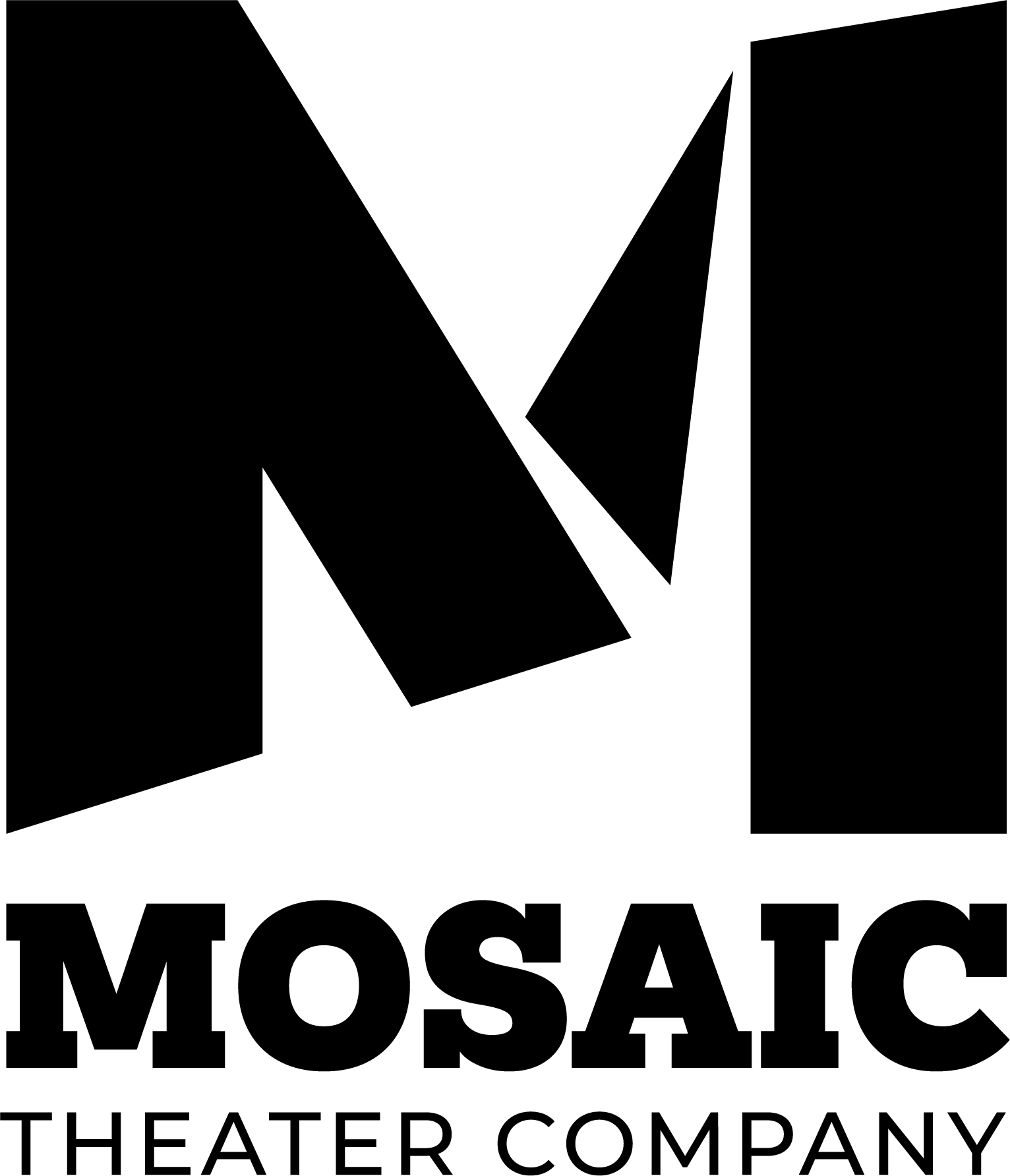#Enough: Plays to End Gun Violence -- A Look Back
When Mosaic asked me to produce #Enough, I leapt at the opportunity. Theater is built and consumed communally, and I was craving the resources and time to explore the ways virtual theater could expand this community. And though it’s no marked up copy of Catcher in the Rye, my initial notes look like something that would be seized as evidence of a jewel heist.
While the plays were not endorsing candidates, I do see them as intrinsically political. While some were about school shootings, some chose to tackle the topic in entirely different ways: the intersection of guns and colonialism, the way violence shapes teens’ concept of the future, and even a monologue on the way certain people are perceived in relation to violence. The perspectives of these plays were fresh, new, and diverse and informed the audience that these stories were not meant to give them an escape from reality but rather seven ways to look at it. They invited the audience to engage with their perceptions of the world by allowing them to view it through the perspective of another.
The company was formed to re-enforce this invitation. Some folks were people I had previously worked with. I liked the idea of using this opportunity to uplift the voices who in the past had uplifted me. Some were coworkers at Mosaic, folks eager to flex their acting chops. Some were new faces -- all had some fresh take that synthesized into a vibrant virtual piece.
The only thing we all had in common was that we’d been in high school after Columbine.
Some readers might not clock the changes that happened in schools after that historic tragedy, but almost all of us remembered huddling in darkened corners during lockdown drills. It was like old school “duck and cover” without Bert the Turtle there for comfort. This commonality helped mold the seven shows into one. I distinctly remember one rehearsal where the company discussed the different ways our schools handled the threat of gun violence. It is a big ask for anyone, let alone teenagers, to responsibly metabolize that ever-present stress without proper support. Unfortunately, too many of us ended up desensitizing ourselves to the fear and detaching like so many characters in these plays.
Being in conversation with these artists showed how common the trauma of life under Gun Violence Culture is. We held each other with a sympathy that is only accessible to folks who have been shaped by similar cultural milestones: in this case Sandy Hook, the Aurora Movie Theater Shooting, Pulse, and the Charleston Church Shooting, among too many others. Through the perspectives of my fellow theater-makers I was able to discover and share a new part of myself.
Theater is at its best when it is a web of collaboration. A playwright collaborates with an aspect of themself, creating a script. A producing organization collaborates with the playwright and dozens of artists, creating a play. The play collaborates with a community, asking them questions – prodding them with new ideas. Ultimately, the way the community interacts with itself is reshaped or re-enforced. #Enough was the largest artistic collaboration I’ve ever taken part in. On the national level, Michael Cotey collaborated with hundreds of play submitted, the panel of award winning playwrights, and dozens of producing organizations to create 53 synchronized productions at theaters and high schools across the world.
Theater is a transformative process for those who make it as well as those who see it. It asks us to stretch our empathy and explore the limits of our understanding. It is difficult to stretch, it is uncomfortable but I believe that if we push through that discomfort together, we’ll never fail to learn a new insight.
- Eli Bradley





